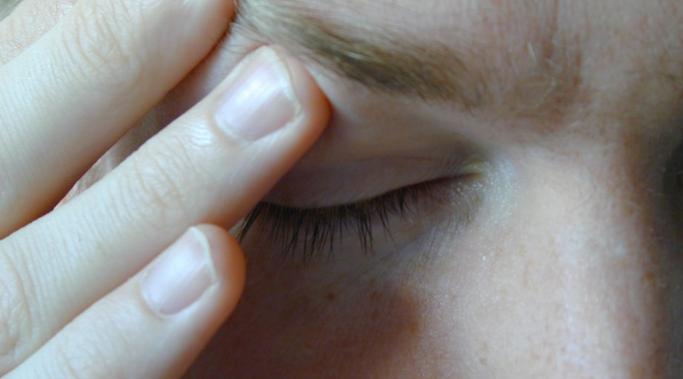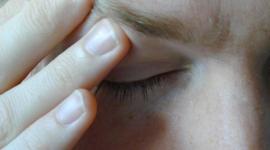Conquering Your Child's Chronic Pain

"Conquering Your Child's Chronic Pain: A Pediatrician's Guide for Reclaiming a Normal Childhood" is an excellent book for parents of children living with chronic pain.
Zeltzer LK, Schlank CB. (2005). Conquering your child's chronic pain: a pediatrician's guide for reclaiming a normal childhood. New York: HarperCollins Publishers, 320 pp. ISBN 0-06-057017-2 (Paperback: $20.95 CDN; $14.95 USD).
"The pain was getting worse and was affecting my sleep. I was having trouble walking. The pain was a burning sensation like my leg was on fire......I was starting the fifth grade, trying to do normal things, but the pain was so great that I couldn't concentrate. ......I was becoming really depressed. I was losing hope. I was in so much pain, I didn't know what to do about it."
In Conquering Your Child's Chronic Pain: A Pediatrician's Guide for Reclaiming a Normal Childhood, Zeltzer and Schlank present numerous case studies to demonstrate how increasing functioning (i.e., attending school, doing chores, socializing) typically also leads to a decrease in pain or pain perception and an increase in confidence and happiness. For example, Zeltzer describes a 5-year-old boy with migraines whose mother learned relaxation techniques and practiced them with her son. He learned that he could use these breathing and imagery techniques to stop the headaches on his own. This book is a guide for parents on how to help their children cope with chronic pain as well as to help themselves while caring for their children.
Lonnie Zeltzer writes from more than 30 years of experience as a researcher and pediatrician. She is the director of the UCLA Pediatric Pain Program, professor of pediatrics, anesthesiology, and psychiatry at UCLA, and medical director of the Trinity Kids Care Pediatric Hospice. Zeltzer and her co-writer, Christina Schlank, have incorporated the views of pediatric pain specialists worldwide in their book. The book explains how various factors (e.g., type of pain, previous pain experiences, parenting, coping style, developmental stage) are integrated in the pain experience. An appreciation for the complexity of pain sets the stage for openness regarding the integration of traditional and complementary treatment.
The book has four parts. In part I, the authors describe the types of pain and various pain conditions. This section will answer questions such as "is pain physiological or psychological or both?" and "how do emotions influence pain?" The description of diseases associated with pain and of chronic pain conditions will help parents understand their child's condition. Also, this section provides a useful overview of pain for trainees.
Part II focuses on pain assessment and informs the reader about how to gauge the amount of pain the child is in and about developmental factors that influence the pain experience. Practical advice is provided that includes specific behavioral indicators of pain that parents can look for. Also, brief descriptions are provided of various pain tools, such as faces scales and the Pieces of Hurt tool, which may be used in clinics to aid health care providers in pain assessment. I appreciated that the authors went into detail about how the experience of pain is influenced by developmental factors such as learn- ing problems and developmental disorders, and mental health concerns such as anxiety and posttraumatic stress disorder. Unfortunately, there was an emphasis on psychological disorders and parents may be misled into thinking that if their child has symptoms but not a disorder per se they may not benefit from psychological treatment techniques.
Part III looks at a variety of interventions for chronic pain such as medicines, physiotherapy, psychotherapy, and complementary medicines such as acupuncture, meditation, yoga, and art therapy. This section provides a brief background for the philosophy behind each type of treatment, how the treatment works, and where to look for qualified professionals in each area of practice. However, it would have been helpful for the reader to have a more critical review of what is known about the effectiveness and the mechanism of action of these treatments. Professionals who are unfamiliar with treatments outside of their area of practice may benefit from reading Part III.
In Part IV parents are provided with step-by-step instructions on how to engage in relaxation exercises including meditation. Some guidance is provided for how to adapt these exercises to language suitable for children. The final chapter includes a section on frequently asked questions. Also, the book includes 2 pages of "golden rules of chronic pain" (e.g., "don't ask your child if she is in pain") - the authors encourage parents to copy and post this handy reminder.
This informative, practical, and well-written book will no doubt benefit parents wanting to know how to help their children. Also, this book may be an inspiring resource for older children and adolescents wanting to understand their pain and learn how to heal. To facilitate communication between clinicians and families this book is also recommended for clinicians - you will be able to recommend this book to your patients and discuss the knowledge your patients have gained.
See Also:
Source: Pediatric Pain Letter
APA Reference
Staff, H.
(2022, January 11). Conquering Your Child's Chronic Pain, HealthyPlace. Retrieved
on 2026, January 14 from https://www.healthyplace.com/parenting/chronic-pain/conquering-your-childs-chronic-pain


